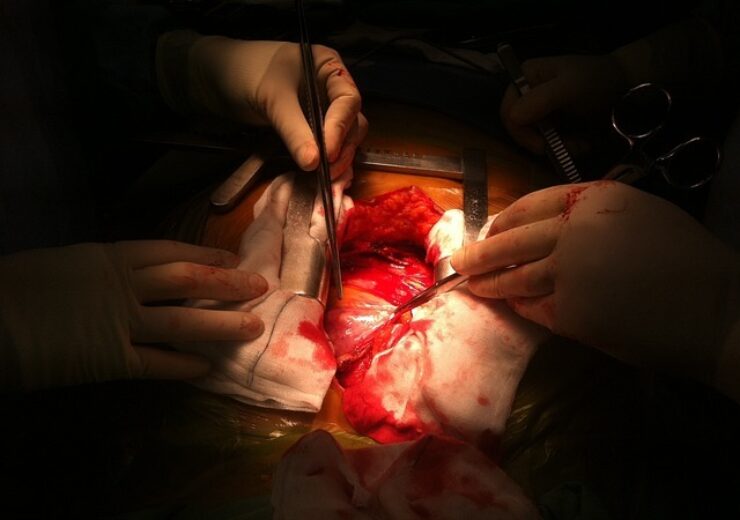The FROST-HF study is a randomised, double-blinded, multi-centre, sham-controlled trial aimed at gathering data on the safety and effectiveness of the AFR device in heart-failure patients and support a marketing application to the FDA

Occlutech recruits first patient in FROST-HF study of AFR device in patients with heart failure. (Credit: Starllyte from Pixabay)
Occlutech has recruited the first patient in the FROST-HF study, which will investigate the company’s atrial flow regulator (AFR) device in the treatment of patients with heart failure.
The global study will study the device in patients with either preserved ejection fraction (HFpEF) or reduced ejection fraction (HFrEF), said the Switzerland-based heart implants manufacturer.
According to Occlutech, AFR is a small device that can be utilised for placing a shunt between the two upper chambers of the heart to open and control its size.
The FROST-HF study is a randomised, double-blinded, multi-centre, sham-controlled trial aimed at gathering data on the safety and effectiveness of the AFR device in patients.
The findings from the study will be used for supporting a marketing application to the US Food and Drug Administration (FDA) for seeking commercial use of the device in the US.
Occlutech said that the FROST-HF investigational device exemption study is intended to randomise 588 heart failure patients along with an additional roll-in cohort of 110 patients, in the US, Europe, and Canada.
Occlutech CEO Occlutech said: “Kicking off the FROST-HF study is an important milestone for Occlutech. It takes us one step closer to becoming the global leader in the interventional heart failure market at the same time as we are focusing our development efforts on the large US market.
“The potential US market size for shunt devices designed for treatment of heart failure is significant, and with a continued focus on the US, we deem it as a future key market for our portfolio of market leading devices.”
The AFR device of the company has two disks with a central opening to allow the flow of blood through it, from the left to the right side of the heart.
The device is made from metal wires that are interlaced and moulded into the final shape of the AFR. It is implanted by using transcatheter techniques carried out by specialised doctors.
